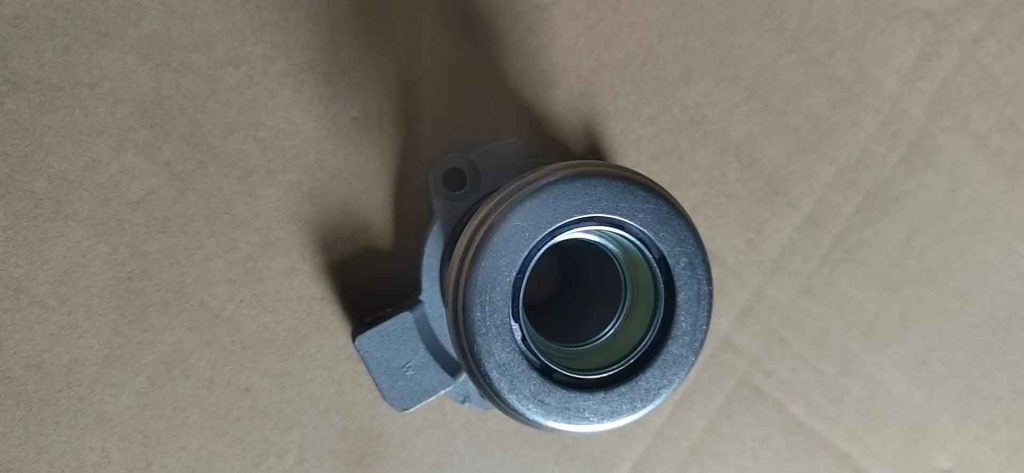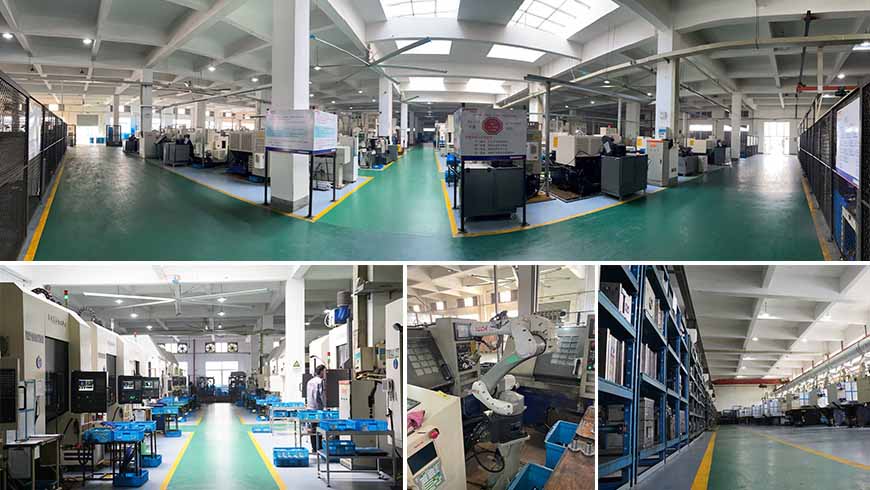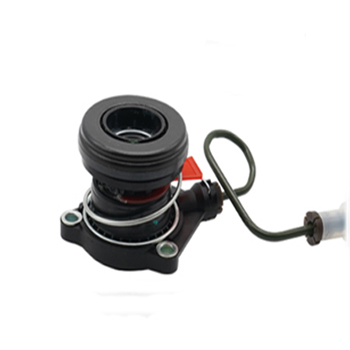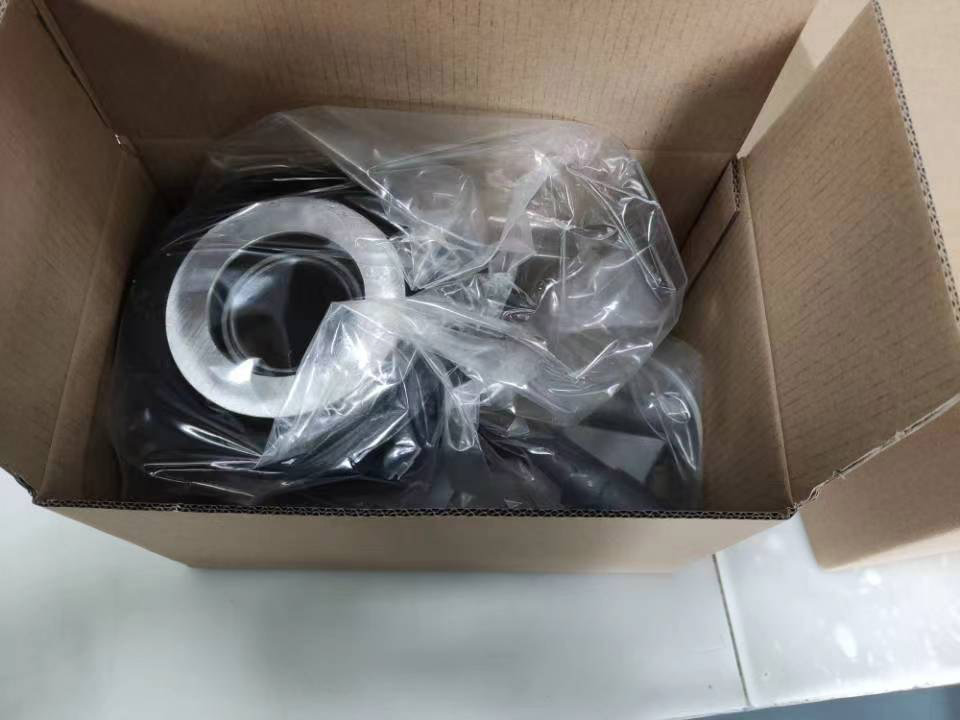Pneumatic Release Bearing
Pneumatic Release Bearing is a air bearing in clutch.
At present, what we are looking for in the market is a kind of Pneumatic Release Bearing in addition to a hydraulic throwout bearing. Orient auto parts have these two types of release bearings, so whether you want a hydraulic release bearing or a pneumatic release bearing, you can contact us.
Pneumatic Release Bearing


Pneumatic Release Bearing


Pneumatic Release Bearing
If you’re wondering what the Air Clutch Release Bearing | Pneumatic Release Bearing is, you’ve come to the right place.
Here you’ll learn how it functions, what it costs, and how to replace it if it’s not functioning properly.
It should be silent, but it can be problematic when it fails. If you notice any of these symptoms, you’ll want to have your vehicle checked by a mechanic right away.
Air Clutch Release Bearing
To install a Pneumatic Release Bearing, start by assembling the engine, flywheel, and pressure plate.
You don’t need to install the clutch at this point. Once everything is in place, install the bell housing on top of the engine. Place a straight edge across the center of the bell housing’s opening.
Measure the diaphragm’s resting depth with a measuring tape. The diaphragm must be measured at three points: the Pneumatic Release Bearing, your fingers, and the diaphragm itself.
The free-play of the air clutch release bearing | Pneumatic Release Bearing is critical for proper operation.
Unless the clutch release bearing is installed correctly, it can cause damage to the engine. As a result, the finger of the clutch will rise.
This is a sign that the clutch is slipping. The Pneumatic Release Bearing is designed to provide the required free-play for the fingers to release the clutch. Most people will measure the free-play at the pedal, which is an approximate guide.
A slightly damaged release bearing may produce a whining noise when the clutch is depressed. A severely damaged Pneumatic Release Bearing may seize or disintegrate, which may be fatal.
It can also disintegrate, shearing parts of the pressure plate. To prevent this, you should take your vehicle to a professional. The mechanic will determine if the air clutch release bearing | Pneumatic Release Bearing is the issue.
If you can’t identify the problem, it’s time to replace the bearing.
A bad throw-out bearing will make a number of different noises when the clutch is depressed. The rollers in the bearing have a tight tolerance, so too much space between them can result in various noises.
Some of these noises may be rattling, grinding, squealing, growling, or whirling. If you notice any of these symptoms, get a new bearing right away.
The Pneumatic Release Bearing is the last component of the clutch system. Its failure can affect shifting and lead to the breakdown of other clutch components.
During shifting, the throwout bearing is what disengages the engine from the transmission. The release bearing is located closer to the flywheel while the foot is pressing the clutch pedal. When it disengages the clutch, the pedal releases the Pneumatic Release Bearing, which moves it closer to the flywheel.
Function
A clutch’s release bearing is the mechanism that engages and disengages the clutch. To engage a clutch, the pedal must be depressed or released.
The Pneumatic Release Bearing then moves away from the pressure plate, which exerts a spring-like force on the clutch disc, which engages the flywheel. When the clutch is fully engaged, the release bearing remains stationary and does not rotate with the pressure plate.
The clutch release bearing also goes by the name throw out bearing | Pneumatic Release Bearing, and is mounted on a carrier. The carriers vary by engine type, with the shortest one being about 1″ shorter than the longest carrier.
Depending on the pressure plate style, the carrier can be either a conventional ball bearing or a sintered bronze bushing. If you’re installing a new clutch, be sure to check the Pneumatic Release Bearing, as it can be replaced.
A properly functioning clutch Pneumatic Release Bearing is essential to the safety and functionality of your car. It can show early signs of failure from years of use or damage during an accident.
When problems start to occur, it’s time to replace it with a new one. If you have any concerns about the release bearing, visit your local dealer for a free quote. It’s important to replace the release bearing if you suspect it’s worn or has a broken clutch.
Cost
The cost of an air clutch release bearing is a small part of your car’s maintenance. However, this component is essential to your vehicle’s clutch function. Over time, these parts can wear out and lose material. This leads to noise when the clutch is in use.
Fortunately, the noises are easy to distinguish from other noises in your vehicle. Here are some steps to take to lower the cost of an air clutch release bearing replacement.
First, check the cost of labour. Changing the release bearing by yourself is an economic false economy. You could save a few dollars by replacing the whole clutch, but the cost of labour is higher.
A mechanic can complete the job for around $300, and a do-it-yourself job takes eight hours. If you choose to have a mechanic replace the air clutch release bearing, it takes him about four hours.
Second, change your driving habits. While a manual transmission was once the norm for cars, modern vehicles now come equipped with automatic transmissions.
Drivers tend to get into bad habits like making unnecessary starts and stops. Other common problems with a clutch include putting one foot on the clutch pedal when starting and driving. The same applies to putting your foot down too much.
This will cause wear and tear on the air clutch release bearing, so only engage it when moving your vehicle.
A throwout bearing is located in the transmission housing, next to the clutch. Compared to the air clutch release bearing, this component is easier to access and replace. It costs between $100 and $300, which covers the parts and labor. The average throwout bearing replacement costs between $400 and $1500, with the majority of the cost being labor.
You can save up to $800 by doing regular maintenance on your vehicle. And if you decide to replace the throwout bearing, make sure to check the condition of the clutch, as this is one of the most common causes of this problem.
Replacement
The first clue to an Air Clutch Release Bearing Replacement is a noise when the clutch is stepped on. The release bearing has a tendency to lock up and cause rapid wear on the fingers of the pressure plate.
This wear is so great that the fingers will eventually break, preventing the vehicle from shifting gears. When the bearing is not replaced, it can lead to a range of problems, from a noisy clutch to failure of the pressure plate.
If you notice a noise coming from the clutch, it is probably the throwout bearing. When this happens, the clutch pedal may stick or feel loose.
Depending on the extent of damage, the noise will be louder or softer than it should be. A faulty release bearing will also cause your vehicle to make more noise when under load.
Getting it replaced will ensure your car runs smoothly. In some cases, the noise will be very loud and require a specialist’s attention.
To determine if the release bearing needs to be replaced, you should disassemble the transmission and then remove the clutch. You should check the free play of the clutch pedal.
The free play is the distance between the top most position of the release bearing and the point where the clutch engages. The release bearing should have a certain amount of free play, ranging from four to five degrees below the centerline of the engine.
If your car makes this noise, you need to check your clutch release bearing. A defective release bearing will cause the clutch to make noises when you shift gears.
The release bearing should be replaced if the noise persists for more than a few days or if you experience gear shifting problems. This can be a sign that your Air Clutch Release Bearing is on its way out. If you suspect your clutch release bearing needs replacement, it’s time to schedule a service appointment.
To ensure proper fit, measure the length of the release arm from the centerline of the release bearing to the pushrod dimple centerline.
Then, divide this length by the lever ratio of the release bearing and subtract that amount from the air gap allowance. The overall length of the release arm needs to be 2.3 to 3.6 inches.
Once you have measured the length, you will know the proper bearing size for your car.
A concentric pneumatic clutch release bearing is a mechanical device used in friction clutches.
Its spring engages the contact surface of the outer bearing ring and applies a force induced by the pneumatic pressure and tension spring .
The actuation force forces the clutch release bearing | Pneumatic Release Bearing to release the friction clutch. In turn, the friction clutch is free to move. This article covers the design and installation of a concentric pneumatic clutch release bearing.
Concentric slave cylinders provide friction clutch release bearings
The internal slave cylinder has a bearing surface that maintains contact with the pressure plate. The slave cylinder is self-adjusting and has a spring between its base and outer surface.Pneumatic Release Bearing
The spring maintains the dimensional distance required for the clutch finger to travel. The cylinder is not constantly spinning, which prevents it from overheating and breaking.
It also allows for clutch wear. Concentric slave cylinders | Pneumatic Release Bearing are generally easier to install and maintain than other styles.
Concentric slave cylinders are used with either a push or pull-type clutch. They are compatible with any type of actuating arrangement.
Because the slave cylinder is mounted internal to the bell housing, it provides maximum clutch release bearing protection.
A concentric slave cylinder also reduces pedal effort for the driver. It also shields the internal parts of the clutch from road debris and other weather issues.
Types of concentric slave cylinders
There are two types of concentric slave cylinders: spring loaded and bolted. Spring loaded slave cylinders return to the front plate of the transmission when the clutch finger is released.
Bolted concentric slave cylinders don’t have spring pressure. However, they do require dimensional distances to ensure proper clutch finger travel. Listed below are the two main types of concentric slave cylinders.
Design of concentric slave cylinders
The slave cylinder functions as the hydraulic actuator of a pneumatic clutch release bearing. The slave cylinder is usually composed of two main parts: a piston and an internal spring.
Both parts are protected by a rubber boot. The release bearing keeps the diaphragm spring in preloaded contact with the disk. The pushrod is normally tipped with a mushroom-shaped bushing.
This reduces surface wear on the pushrod tip and the length of the rod is critical for proper operation of the hydraulic system.
Concentric slave cylinders are known for their configuration. They typically have a central bore and are used with either a pull-type or a push-type clutch.
They can also be used with other types of actuating arrangements. The release bearing is generally mounted on a piston and brought into contact with the release lever of the associated clutch.
A concentric slave cylinder can operate in either case.
Installation of concentric pneumatic release bearing
In order to install a concentric pneumatic clutch release bearing, a shim must be used between the slave cylinder and the input bearing retainer. The shim should provide a 50/1000 air gap at the disc.
After the shim has been installed, the release bearing must be backed out by a minimum of four millimeters to ensure proper clutch finger travel. The next step is to install the bearing on the transmission.
The following installation guide will help you complete the job.
Ensure that the new clutch release bearing fits properly and correctly enables the driver to engage and disengage the clutch.
The clutch pedal assembly contains a nut that threads onto the rod. This adjustment should be done on every clutch installation.
The clutch shim should be measured from the transmission mounting face on the engine block, the bell housing flange, and the release bearing on the fully retracted slave cylinder.
One advantage of Pneumatic Clutch bearings is the reduction of friction between the drive and the load shafts.
The friction between the load shaft and the drive shaft is reduced, which increases the efficiency of the clutch and extends its life. However, there are some disadvantages of using Pneumatic Clutch Bearings | Pneumatic Release Bearing. Here are some of them:
Pneumatic Clutch Bearings: This type of bearing works by using tightly compressed air to transfer energy from a moving part to a non-moving one. Most pneumatic machinery works by using clean air.
This type of clutch is more efficient than traditional mechanical clutches. A pneumatic clutch bearing will save you money on maintenance, too.
Unlike other types of bearings, the Pneumatic Release Bearing can be installed in any vehicle, making them an attractive option for many applications.
Another advantage of Pneumatic Clutch Actuators is that they can continuously determine the ideal release position and ensure the proper performance of the clutch.
Pneumatic Clutch Actuators also enable the driver to monitor the optimal release position using bus data. Furthermore, these systems are easy to assemble, so there is less hassle for the driver.
Air Clutch bearing can also be installed in vehicles with automated transmission systems, making their installation and maintenance easier.
The hydraulic/pneumatic clutch also offers high responsiveness times.
Depending on the actuation pressure and the clutch piston mass, these devices offer fast response times. However, there are some disadvantages of Pneumatic Clutch Bearings, and these drawbacks should be taken into account before making the final decision.
This article explores some of the advantages of Pneumatic Clutch Bearings and the advantages they have over hydraulic and mechanical clutches.
Pneumatic Clutch Bearings feature a toothed contact surface that transmits power without slipping or generating heat.
Pneumatic Clutch Bearings are designed to accommodate different drive components, from gearmotors to bicycles.
They are available in various stiffness ratings, and can be adapted to accommodate different drive components,Pneumatic Release Bearing.
If you’re wondering what is the function of a Pneumatic Clutch Bearing, read this article.
Pneumatic clutches are a great option for many applications, thanks to their lightweight design and low-maintenance actuation system.
Pneumatic clutches are ideal for cars, chainsaws, drills, and large machines. Listed below are a few of the benefits of this type of clutch.
Electric-engaged clutches are similar to Pneumatic Release Bearing, but require electricity to operate.
These types of clutches can be used at higher speeds and for longer periods between maintenance cycles. They also last longer, since the forces on the bearing are reduced.
A good way to choose a clutch is to consider the inertia generated by the rotating load. Make sure to check for a clutch’s thermal capacity before you make the purchase.
A Pneumatic Release Bearing can be either toothed or friction-type. It has a friction plate or a disc. The friction plate or toothed clutch is linked to air pressure by return springs and a disc.
The wheel is then assembled with this part. The friction plate and toothed clutch are a good example of a pneumatic clutch. Moreover, they are easy to maintain.
Pneumatic clutches can also be used without manual transmissions. It can be replaced easily.Pneumatic Release Bearingis also important to check the alignment of the clutch to prevent any misalignment.
A properly functioning clutch is essential to a smooth, efficient car drive. So, if you’re a new car owner, it might be time to buy a new clutch. The price of these types of clutches is comparable to a manual clutch.
These clutches are easy to install and are a great choice for applications where you need to change gears frequently.
They can be adjusted to achieve different levels of engagement and disengagement. A Pneumatic Clutch Bearing is designed to last and is highly durable.
You’ll find it in a wide range of applications of Pneumatic Release Bearing, from packaging machines to conveyors. And remember, they are available in multiple disc types and with varying degrees of side play,Pneumatic Release Bearing.
When an air clutch is installed, a release bearing is used to control the amount of air released. The release bearing presses against the pressure plate.
The pressure plate is then raised off the clutch disc. In this way, the air clutch works efficiently.
What’s more, it can be installed in cars of any make and model. Read on to learn more about this essential part of an air clutch. There are several types of air release bearing.
The clutch throw-out bearing is mounted on a hub of iron casting that slides on a hollow shaft located at the front of the transmission housing.
The pressure plate assembly pushes on the clutch disc to engage the flywheel. Once the clutch is fully engaged, the release bearing is stationary and not rotating with the pressure plate.
If the clutch is not fully engaged, the release bearing rotates with the pressure plate assembly and moves to the flywheel.
To find the correct length of the release bearing, first determine the length of the slave cylinder. To do this, locate the release fork and measure the length of the slave cylinder.
Once you have this measurement, divide it by two and subtract the air gap allowance from the result. The result is the overall length of the air clutch release bearing required.
If the Pneumatic Release Bearing is too short, it can cause the clutch to slip and the clutch will not release.
Before installing the air clutch release bearing, it is important to ensure that the transmission is installed properly.
This will prevent damage to the transmission. The transmission and bell housing must be properly mated. Lastly, the release bearing must be positioned so that it can move away from the diaphragm spring.
To do this, the release bearing must be installed at an angle of four to five degrees less than the centerline of the engine.
A clutch release bearing is used in many different types of transmissions. It is used to release a clutch when the transmission is engaged or disengaged.
The clutch release bearing is often used in transmissions, where it pushes on the pressure plate to release the clutch. If this occurs, the clutch may not function properly. In this case, the flywheel may need to be resurfaced or replaced.
A mechanical clutch release bearing is operated by a hydraulic slave cylinder. It has a flanged end portion that engages the end face of the piston , while a bent-over rim supports the outer race of the ball bearing .
The slave cylinder is bolted to the mounting face of the transmission casing. The slave cylinder is bolted to the transmission casing, and is held securely in place by an elastomeric collar.
